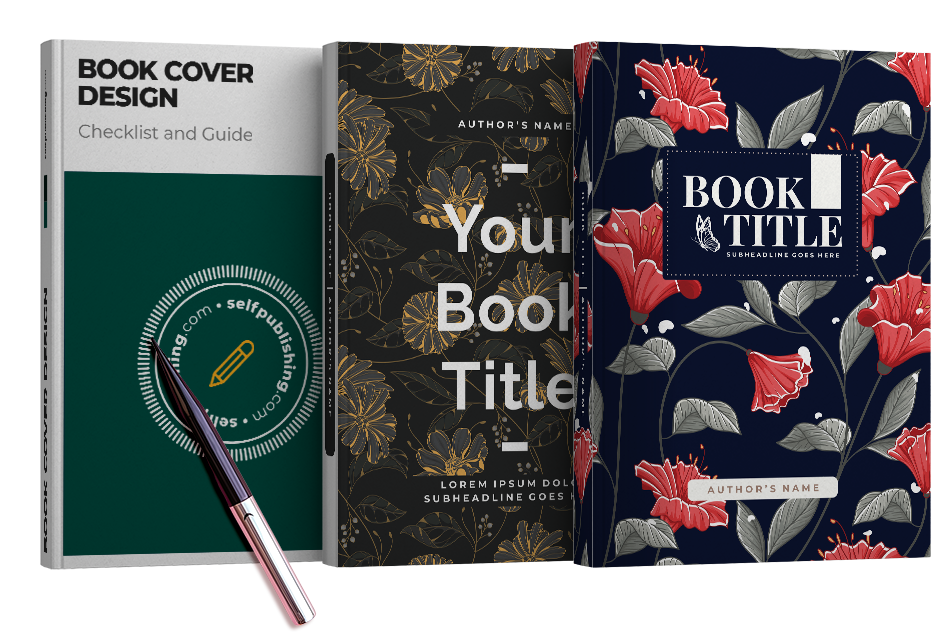So you’d like to know how to write a biography. We can help with that! Learning how to write a biography doesn’t have to be intimidating. In fact, it can be a lot of fun!
In this guide, we show you how to write a biography from the initial book idea all the way through to publishing your book, and we throw in a free template to help you on your way.
Ready to learn how to start a biography? Let’s jump right in.
How to Write a Biography in 11 Simple Steps
Here are the steps you need to take to learn how to write a biography:
1. Read other biographies
Austin Kleon, Author of Steal Like an Artist, says “the writer tries to master words. All of these pursuits involve the study of those who have come before and the effort to build upon their work in some way.”
In other words, if you want to learn how to write a biography, you need to read the best biographies written by other excellent authors!
In this case, it would behoove you to read several biographies – whether historical, celebrity, or business biographies is up to you and your sub-genre.
A good author to start with? Walter Isaacson. He’s written highly acclaimed biographies on everyone from Abraham Lincoln and Steve Jobs to Leonardo Da Vinci and Elon Musk.
Once you’ve read some well-crafted biographies, you’ll have a better idea of how to start a biography of your own.
2. Identify your subject
In order to learn how to start a biography, you need to choose who you’d like to write about – if you don’t already have someone in mind.
The most important factor will be, of course, your interest in the person you’re planning to write about. You’ll spend months (or even years) deep-diving into this person’s history, so you want to choose someone who you’re unlikely to tire of.
When learning how to write a biography, here are few factors to consider:
- How impactful has your potential subject’s life been? In other words, will people care to learn more about this person?
- How readily available is information about your potential subject? Biographies require extensive research, so it’s critical to choose someone who has enough information out there to dig into! Consider whether your subject has done interviews, written journals, has family or a partner willing to speak with you, and more.
- Are there already books written about your potential subject? Just because there’s an existing biography about the person you’re interested in doesn’t (necessarily) mean you can’t write another one. But if there are two or three biographies, you may want to reconsider. If you do choose to write about someone who has already been well-documented, be mindful about approaching the topic with a new angle or perspective. For instance, there are several biographies about George Washington, but author Alexis Coe wrote one about how Washington isn’t “quite the man we remember.” This brilliant iteration has over 12,000 ratings on Goodreads.
- Is there a market demand for a book about your potential subject? If you’re learning how to write a biography, you need to be mindful of whether folks will want to read it. Do some research to determine if readers will be receptive to a book about the person you’re interested in.
Related: Is a Biography a Primary Source?
3. Get permission to write about your subject
We’ll start by stating the obvious. It’s a good idea to get permission to write about your subject, even if you’re not legally required to. For one thing, it’s just good manners. Plus, you’re much more likely to get unfettered access to the information and sources you need to write your book.
But do you have to get permission? It depends.
In some cases, if your subject is considered a “public figure,” permission may not be required. The definition of a public figure varies depending on your jurisdiction, so you should always consult a lawyer before writing a biography.
If you do decide to proceed without permission, be mindful of how your book will be received and any legal issues that may arise. That’s why we always recommend asking permission from your subject when learning how to write a biography.
Related:
4. Create an outline
The next step of learning how to write a biography is to outline your story. It’s critical to outline your biography before you begin writing it. Among other things, it helps ensure you cover every topic you’d like to and get the book in the correct chronological order. It also helps you identify themes that emerge as you organize your ideas.
Need help creating your outline? Learn how to do it (and take advantage of free templates!) in our guide to outlining a book.
5. Select a working title (using a title generator)
Now is the fun part of learning how to write a biography! It’s time to create a working title for your book. A working title is just what it sounds like: it’s a title that works – for now.
Of course, it’s helpful to have something to call the book as you’re working on it. And it encourages you to think about the message you’d like your book to convey. When your biography is complete, you can always do a little more research on how to write book titles for your specific sub-genre and update your working title accordingly.
Or, you can decide you still love your initial title and publish your book with that one!
We’ve made it easy for you to develop a working title – or multiple – using our book title generator.
6. Write a rough draft
Okay, now it’s time to start writing your rough draft. Don’t be intimidated; just focus on getting something down on the page. As experts on all things writing and self-publishing, we’ve got a rough draft writing guide to help you get through this phase of writing a biography.
Remember to be as balanced and objective as possible when learning how to write a biography.
Make good use of your primary and secondary sources, and double-check all of your facts. You’ve got this!
7. Self-edit
There are several different types of editing that we recommend each manuscript undergo. But before you give your rough draft to anyone else to review, you should edit it yourself.
The first step to self-editing?
Take a break! It’s essential to give your mind some time to recuperate before you go over your work. And never self-edit as you go!
After you’ve completed your break, here are a few things to consider as you edit:
- Grammar. This one is self-explanatory and usually the easiest. You can use an AI editor to make a first pass and quickly catch obvious spelling errors. Depending on prompts and your experience with the tool, you can also use AI to catch some grammar and syntax issues as well.
- Content and structure. This is the time to make sure the bones of your piece are good. Make sure your content flows logically (and in chronological order), no important pieces of information are missing, and there isn’t redundant or unhelpful information.
- Clarity and consistency. Keep an eye out for any confusing copy and ensure your tone is uniform throughout the book.
- Try reading your draft aloud. You’d be surprised at how many errors, shifts in tone, or other things you’d like to change that you don’t notice while reading in your head. Go ahead and do a read-through of your draft out loud.
8. Work with an editor
Once you’ve created the best draft you can, it’s time to hire an editor. As we mentioned, there are multiple types of book editing, so you’ll need to choose the one(s) that are best for you and your project when learning how to write a biography.
For instance, you can work with a developmental editor who helps with big-picture stuff. Think book structure, organization, and overall storytelling. Or you might work with a line editor who focuses on grammar, spelling, punctuation, and the like.
There are also specialized copy editors, content editors, fact-checkers, and more.
It’s in your best interest to do a substantial amount of research before choosing an editor since they’ll have a large impact on your book. Many editors are open to doing a paid trial so you can see their work before you sign them on for the entire book.
9. Hire a book cover designer
Once you’ve worked with your editor(s) to finalize your book, it’s time to get your book ready to go out into the world. So the next step in learning how to write a biography is to hire a book cover designer to create a cover that grabs readers’ attention (pssst: did you know that all SelfPublishing authors get done-for-you professional book design? Ask us about it!).
10. Get an ISBN
The next step in learning how to write a biography is getting an ISBN number for your book – or an International Standard Book Number. It’s a unique way to identify your book and is critical for ordering, inventory tracking, and more.
Bear in mind that each rendition of your book – regardless of when you publish them – will need their own ISBN numbers. So if you initially publish as a softcover and hardcover book and then decide to publish an ebook with the same exact content, you’ll need 3 total ISBN numbers.
To get an ISBN, head to ISBN.org and follow the steps they provide. Or reference our guide right here for step-by-step instructions (complete with photos) on how to get an ISBN number for self-published books.
11. Create a launch plan
Now is the most exciting part of learning how to write a biography. It’s time to get your book out into the world! You’ll need to map out your plan, schedule events, finalize your pricing strategy, and more.
And you can’t just launch your book in a single day. When you go through all the work of learning how to write a biography, you want your book to succeed – and that requires a strategic marketing plan. Luckily, we have an entire guide to launching a book to help you figure it out.
Get your free book template!
Learning how to write a biography can be challenging, but when you have a clear plan and guidance, the process is much easier. We’ve helped thousands of aspiring authors just like you write and self-publish their own books. We know what works – and how to become a successfully published author faster.
Take the first step today and down the book template below!
And, if you need additional help with learning how to write a biography, remember that we’re standing by to assist you. Just schedule a book consultation and one of our team members will help answer any of your questions about the writing or self-publishing process.



